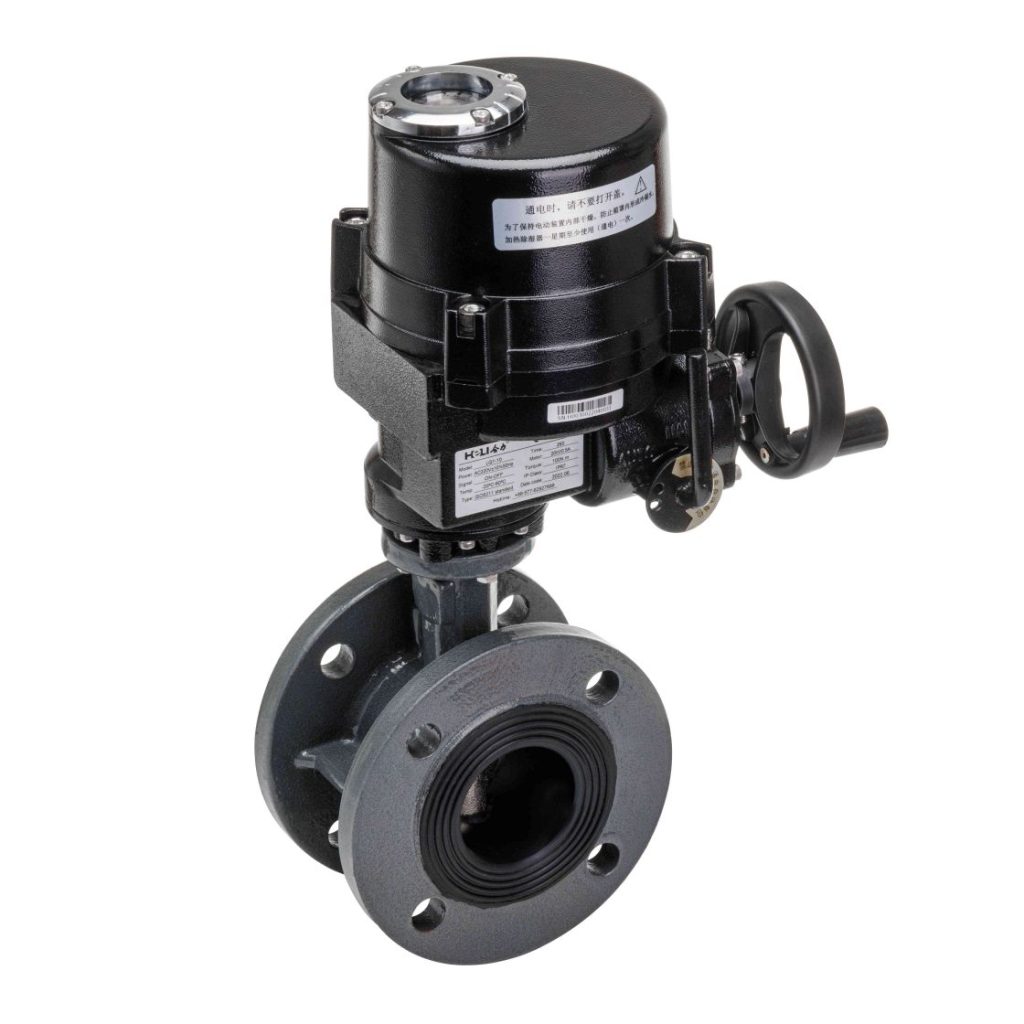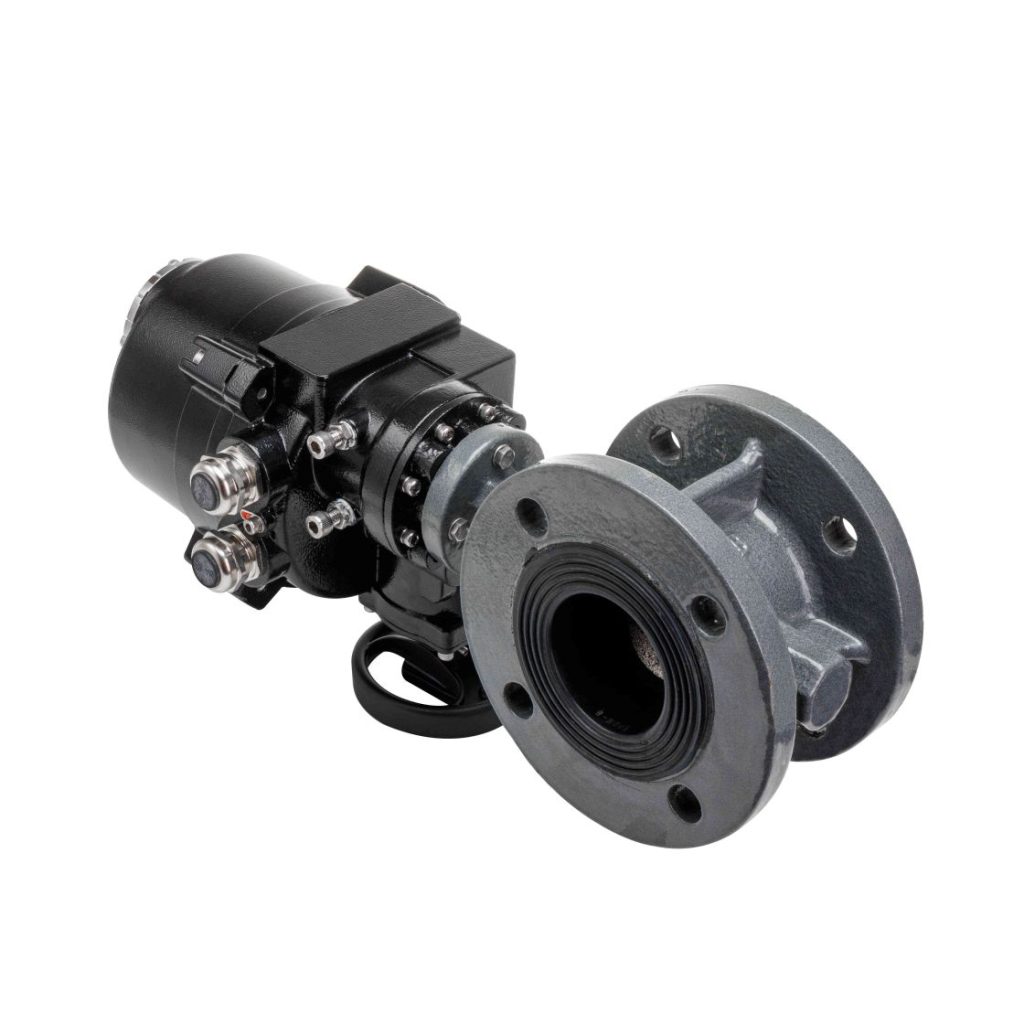Electric ball valves are vital components in modern fluid control systems, offering precision, efficiency, and reliability. As automation becomes increasingly prevalent across industries, the demand for accurate and responsive control of liquids and gases has led to the widespread use of electric ball valves. In this article, we explore the key features, applications, and benefits of electric ball valves in various industries.

What is an Electric Ball Valve?

An electric ball valve consists of two main components: a ball valve and an electric actuator. The ball valve has a spherical disc with a hole, or “port,” through its center. When the hole aligns with the pipeline, the valve is open, allowing the flow of fluid. When the ball rotates 90 degrees, the hole is blocked, and the valve closes, stopping the flow. The electric actuator is responsible for rotating the ball valve, either fully or partially, based on the required control signals. Electric ball valves are typically controlled via electrical signals, such as open/close commands or proportional signals, which allow for precise modulation of the flow. They are often integrated with automated control systems, providing a higher level of control and efficiency in fluid management.
